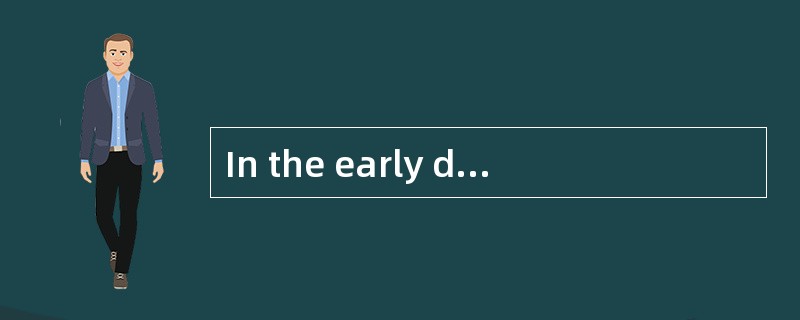In the early days ofthe United States
postmasters to giveletters to mail carriers for home delivery,but these carriers received nogovernment salary and their entire compensation depended on what they were paid
by the recipients ofindividual letters.In 1847,the United States Post Office Department adopted theidea of a postage stamp,which of course simplified the payment for postal
service but causedgrumbling by those who did not like to prepay.
Besides,the stampcovered only delivery to the post office and did not include carrying it to aprivate address.In
still had to go tothe post office to get their mail.The confusion and congestion of individualcitizens looking for their letters was itself enough to discourage use of themail.It
is no wonderthat,during the years of these cumbersome arrangements,private letter-carryingand express businesses developed.Although their activities were only semi-
legal,they thrivedand actually advertised that between
volume to privatecompetition and was not able to handle efficiently even the business it had.Finally,in 1863,Congress provided that the mail carriers who delivered the mail
from the postoffices to private addresses should receive a government salary,and that thereshould be no extra charge for that delivery.But this delivery service was atfirst
confined tocities,and free home delivery became a sign of urbanization.In 1890,of the 75million people in the United States,fewer than 20 million had mail deliveredfree to
their doors.Therest,nearly three quarters of the population,still received no mail unless theywent to their post office.
A.Mail carriers gotpaid by recipients.
B.Mail carriers gotpaid by government.
C.Most people stillwent to post office to get mails.
D.Only people livingin big cities could have the service.
参考答案与解析:
-
相关试题
